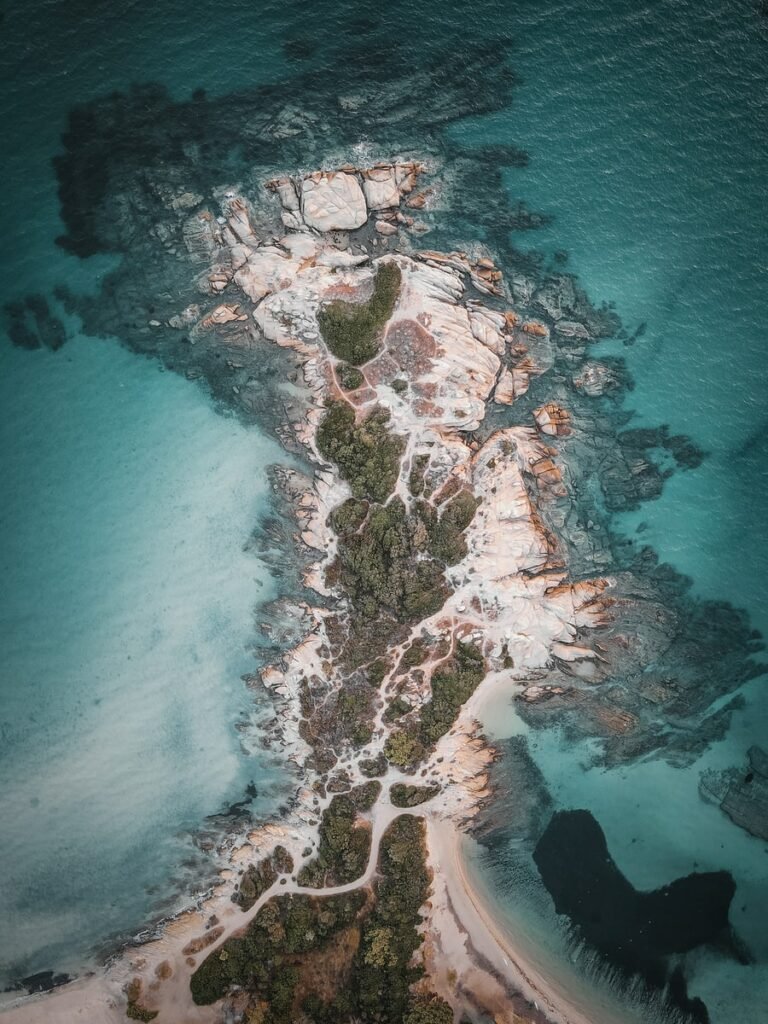The study of the material culture of the Balkans and the Eastern Mediterranean in Late Antiquity requires an interdisciplinary approach, encompassing a series of humanities and social sciences. The course aims to present the archaeological evidence on a series of topics related with historical processes in Late Antiquity. We tackle topics such as the sphere of political and cultural influence of the East Roman Empire and the role of overland and maritime transport for economic and cultural interaction. In our focus will come Late Antique cities, starting with Rome and continuing with Antioch, Alexandria, Thessaloniki, Athens, Corinth, Serdica, Philippopolis and others. The evidence on their urban planning will be use to shed light on issue of politics and economics. Types of production, trade, agriculture and stock breeding are among the topics we will be talking about. Economy will lead us to the study of Late Antique vici and villas.
The course continues with the archaeology of military units, tactics, armament, weapons, fortifications (such as the Anastasian Wall and others).
One of the most important innovations of Late Antiquity is Christianity and of course the archaeology of churches, episcopal complexes and monasteries are given a special attention together with burial rites. The course will end with a survey of religious and secular art in the Balkans and the Eastern Mediterranean.
Topics
1.The study of Late Antiquity. Late Antiquity and Humanism. First studies and Western and Central Europe. Beginning and development in East Europe and Russia. Thematic, chronological and territorial scope.
2.Borders of the late antique world. Sence of the topic “Late Antiquity”. Physico-geographical characteristic and population of the East Roman Empire. Roads and communications. Naval transport and sailings. Charasetics of the periphery – the Great steppe, Caucasus, Persia, Arabian peninsula.
3.Constantinopolis – The New Rome? A history and archaeology of the idea about the “New Rome”. Rome and the imperial cities of the Later Roman Empire.Topograhy and urban planning of Constatinopolis. Public and social places. Palaces and and secular buldings.
4.The late antique city – decay or transformation? The urban character of the late antique culture. Provincial capitals and local urban centers – Antioch, Alexandria, Thessaloniki, Athens, Corinth, Serdica, Philippolis, etc. Tendencies of the urban planning and topography. Classification according to the written sources and the archaeological record.
5.Late antique economy – I. The cities as general factors in the formation of the economic life. Types of production. Archaeological aspects of the inner and outside trade. Industry. Agricultural economy. The meaning of transformation from agriculture to livestock breeding in the North Balkans.
6.Late antique economy – II. Monetary economy and currency. Characteristic of the late antique coinage. Mints.
7.The Late Antique village. The background of the Early Roman period. Archaeology of the vici – topography, structure and economy. Transformation of the villages in the late 5th – 6th cc. The Villa in Late Antiquity.
8.Late Antique fortifications. Terminology. Defensive concepts on the Balkans and the Near East. The fate of the Roman limes. Fortified towns and fortresses. The Anastasian Wall and similar complexes.
9.Ars militaris. The military treatises as important source for reconstruction of the military concepts. Types of military units and tactics. Navy. Armament – types and factories. Weapons in archaeological context.
10.Christianity and the Balkans. Early evidences of Conversion. Church architecture, episcopal complexes and monasteries.
11.The Death in Late Antiquity. Cemeteries and funeral rites – the cemeteries and their planning, stratigraphy and situation within the settlement context. Tomb architecture. Funeral monuments.
12.Religious art. Art in context – ecclesiastical monuments – mural paintings and mosaics. Styles and tendencies.
13.Secular art. Periodization and styles. Sculpture, mosaics and mural paintings. Ivories. The image of the emperor.
14.Production and crafts. Raw materials Pottery, metallurgy, jewelry.
15.Ethnic changes. Inner migrations – ethnic structure of the local “Romanized” population. Barbaric enclaves after the beginning of the Migration period – models of interaction with the Roman administration
Duration: 8 days

